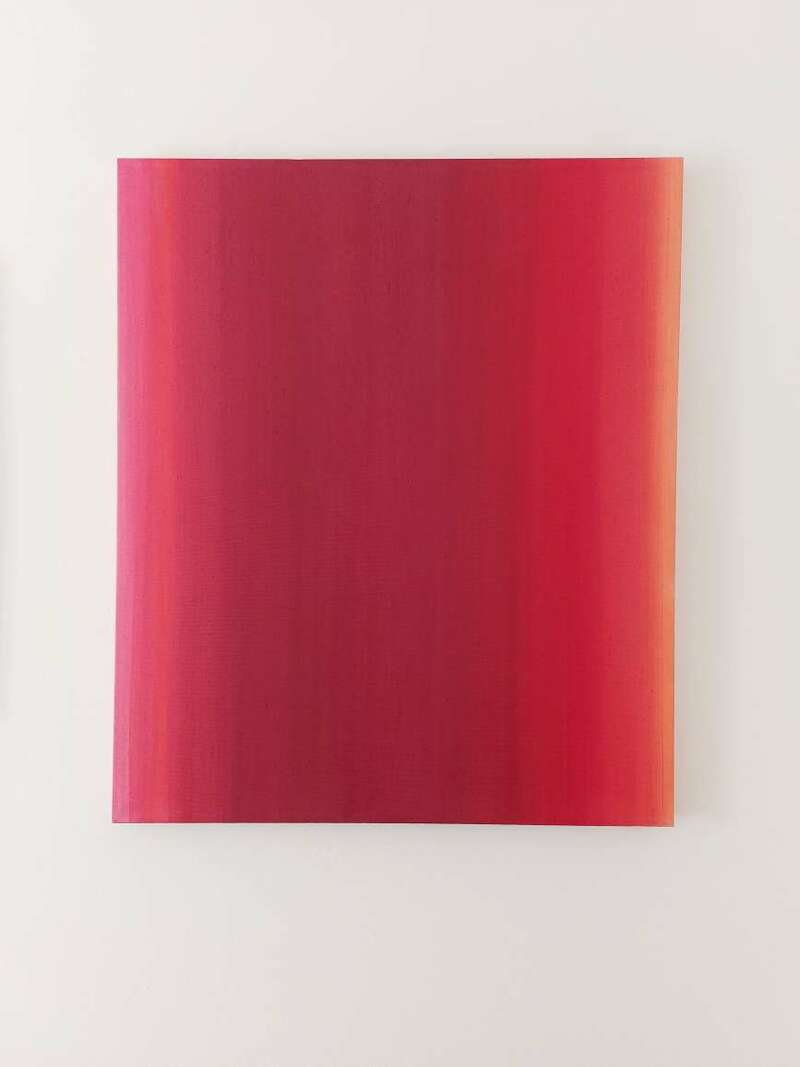
Dive deeper into the art world
Conversation with Verónica Lehner
The materiality of color
Verónica Lehner literally brings color into space. By creating sculptures out of paint, she moves between the media of painting and sculpture. In an interview with Art.Salon, the artist talks about the spatial effect of color and why randomly found objects are an ideal basis for a work of art.
by Marén Cohen Monroy,
August 10, 2022
London: »Electric Dreams« at the Tate Modern










